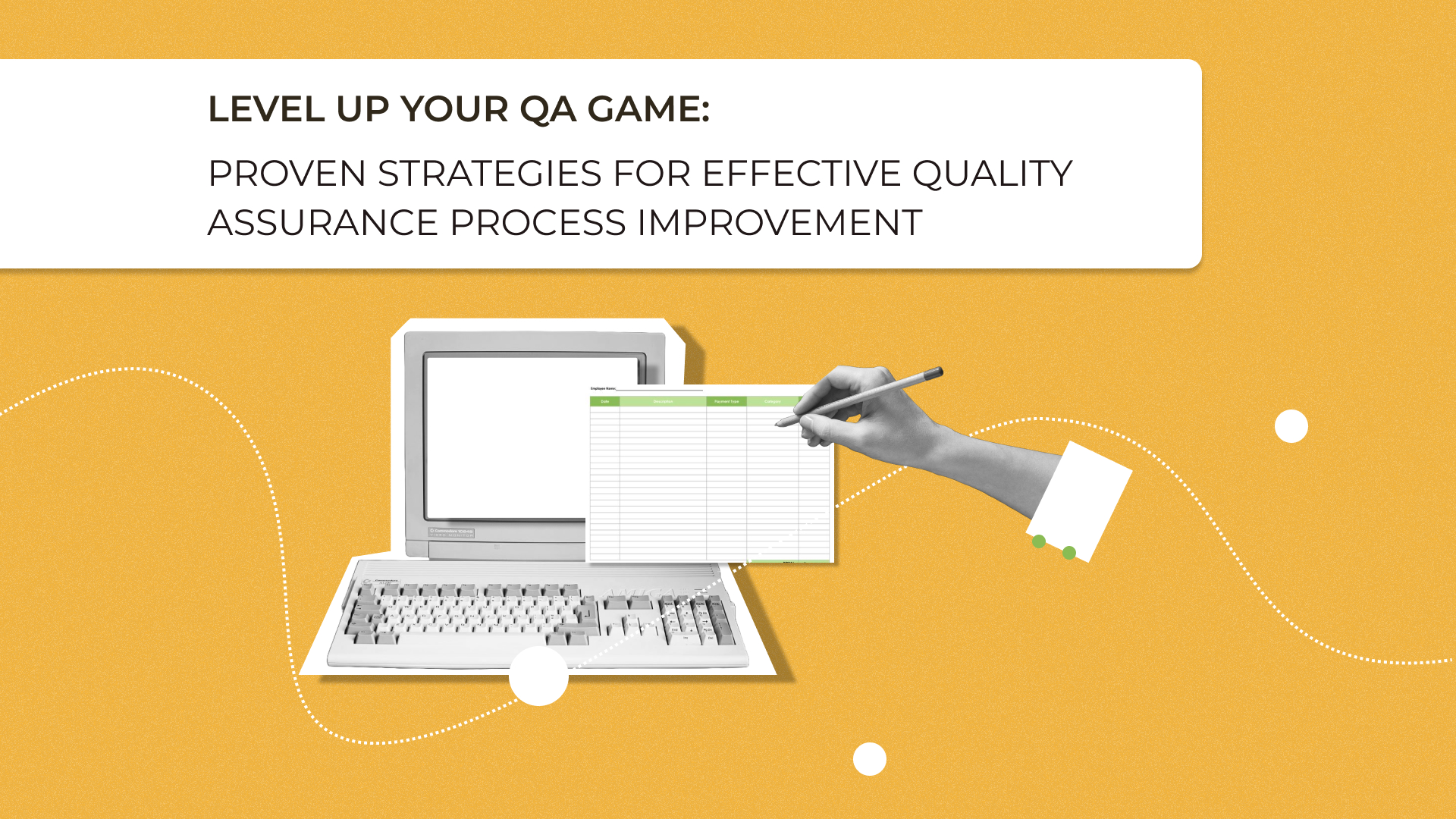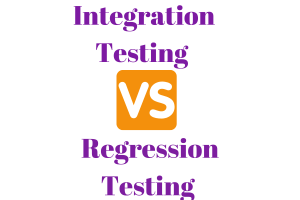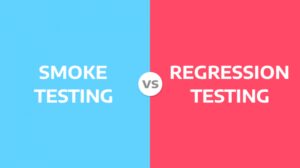According to a LamdaTest survey, on average, teams spend about 10.4% of their time setting up and maintaining test environments and another 7.8% fixing minor bugs in tests.
UTOR experts explored the problem and developed their own approach to testing and improving QA to help other professionals perform the relevant tasks more efficiently.
- QA process improvement can simplify operations for product maintenance teams, speed up product testing, and improve both the efficiency and accuracy of bug detection.
Such improvement requires specialized tools, modern testing strategies, development project management, risk mitigation programs, and more.
In this article, you will find the answers to the following questions:
- Why is quality improvement important for projects?
- How to identify weaknesses in the current strategy?
- What, when, and why to automate?
- How to improve QA testing process?
- What are the components of the quality assurance process?
This is just some of the information that will help you set up the right quality improvement processes for your projects.
Why Do You Need to Optimize QA?
When testing a project or providing other operations in the context of quality control, the team may not use time and resources efficiently to achieve a result.
QA process improvement is a complex work on optimizing QA algorithms in order to achieve certain results, in particular:
- Improve the interaction between testing and development teams, and include the manager in the processes as much as possible.
- Ensure a continuous workflow when all participants are aware of the project’s progress.
- Eliminate the human factor in operations related to checking and improving product quality.
- Automate points that are impractical and resource-consuming to work with manually.
- Accelerate not only the detection of problems but also their delegation to developers and control of corrections.
- Get clear performance metrics and improve performance.
In addition, QA process improvements will help reduce the cost of services by optimizing the project team’s composition. Usually, developers and QA specialists are involved in testing. However, this can lead to more bugs because developers are not experts in testing. The best solution is to hire additional QA engineers. This will relieve the developers of their workload and allow them to test the product to the highest possible quality.
Typical Challenges of the Quality Assurance Process
The concept of QA process improvement focuses on the most critical and impactful issues of this type of work and should be tailored to the specific needs of the project and client. In particular, you should focus on the following points:
- The expediency of manual testing. Manual testing can take too long, especially on large-scale projects with repetitive tasks.
- The efficiency of automated testing. Before implementing automated testing, you should understand which functionality to cover with scripts and have a solid foundation of manual testing.
- Potential errors. Missing bugs, untimely detection of errors, wrong priorities.
- Stagnation of processes. This applies particularly to situations when the scope of the project is lost or shifted to secondary matters.
- Lack of communication and cooperation. In other words, each of the parties to the project does not take into account the needs and skills of the others.
- Stop due to changes. Conditionally, when the PM makes drastic adjustments, and the team cannot adapt to them in time.
- A weak strategy. Wrong priorities, lack of clear understanding of tasks and potential results expected by the client.
- Slippage in operations. Desynchronization of work processes is due to weak management, misunderstanding of tasks, and violation of deadlines.
- Imperfect processes for tracking results. This situation can arise in the absence of metrics, acceptance criteria, documentation, and a general lack of understanding of the principles of QA progress control.
To get rid of these challenges and problems, you should apply current QA process improvement ideas and constantly work on improving your own workflow.
QA Process Improvement Suggestions
The UTOR team has developed a number of recommendations for QA process improvement. Our advice will help you plan your workflows correctly and set up smooth product testing in all aspects.
The concept is based on testing in SDLC (Software Development Lifecycle) and focuses on such points as:
- Prioritization of project goals.
- Total communication.
- Automation.
- Involvement from the Discovery phase.
- Artificial Intelligence.
- Continuous measurement of results.
- Active feedback and reporting.
- Continuous improvement.
Yes, we cannot cover all the nuances of QA, but we will talk about the key ones that will be useful in designing a successful testing strategy and will improve QA process.
Prioritization Project Goals
It is necessary to start QA process improvement by focusing on the key means and results to be achieved in the end. These are usually:
- Priority functionality for testing that should be covered by tests first.
- A number and criticality of detected bugs.
- Areas and methods of testing.
- A risk program that categorizes by project problems.
- Indicators to focus on when accepting results.
A kind of combined system that includes both the potential result and the ways to achieve it, alternative ways, and mechanics.
Total Communication
QA process improvement is impossible without comprehensive communication and coordination of work operations. Thus, it is worth involving in periodic meetings:
- Testing team.
- Development team.
- PM, Team Leads.
- Other stakeholders who have an impact on the project.
In addition, it is necessary to ensure that the progress of each team is continuously integrated into the overall dashboard. It is also worth synchronizing work through tools like Jenkins, Jira, and Slack, and creating a special dashboard for monitoring bugs, their status, priority, and state.
To avoid misunderstandings and redundant testing of non-affected application parts, provide as clear as possible acceptance criteria for each testable task and a description of what was changed.
The main thing is not to be silent about problems but to collectively solve any turbulence. Involve the QA team in discussing significant changes and conceptual improvements at an early stage of the project.
Automation
According to a JetBrains study, about 58% of survey respondents automate testing (learn more about what automation testing is), at least partially. Let us warn you right away that it is impractical to cover 100% of the project with automation. However, it is worth doing so at least for the following types of tests, for example:
- Functional Testing.
- Unit Testing.
- Integration Testing.
- Smoke Testing.
- Non-functional Testing.
- Performance Testing.
- Regression Testing.
- Keyword-driven Testing.
- Data-driven Testing.
This way you will improve overall performance and be able to respond to problems faster, of course, if you build test algorithms correctly.
Please note that you must have a solid foundation for adopting automated testing. If you don’t have it, you should Hire QA professionals to implement a testing project for you.
Also, note that only an optimal balance between automation and manual checks guarantees you the best results and reduces the final cost of QA.
Involvement in the Discovery Phase
QA process improvement is a systematic work that covers all stages of a project. Therefore, ideally, you should start testing from the discovery phase. However, it should be noted that testing is often neglected in the early stages of a project when the budget is limited.
We do not recommend this because testing in the early stages of the SDLC will not only help you achieve your goals but also provide several benefits:
- Get a good understanding of the specifics of the project and its features in advance.
- Look at the product from the perspective of its functionality and usefulness to the end user, and improve it based on a business product mindset.
- Find out the implementation roadmap.
- Prepare for work.
- Choose a technical stack, tools, and methodologies.
- Build communication with the rest of the project participants.
- Create the right user cases and expected results.
- Comprehensively integrate the QA process into the project.
As a result, it will save you time and allow you to deploy a test environment in time and proactively test the future digital product, and help you test and improve QA.
Artificial Intelligence
Yes, the AI trend has not left the QA segment, so you should also try to improve your workflows with this technology. For example, you can use Copilot to speed up the development of automation scenarios or ChatGPT to quickly generate user cases and stories.
Don’t forget about modern specialized QA platforms that are already capable of generating code and automating checks with the help of LLMs and SLMs that are constantly being trained and upgraded.
Continuous Measurement of Results
QA process improvement is also about monitoring performance, measuring results, and working to optimize operations. We recommend using specialized frameworks for tracking progress, team health, and project goals.
Collect and use the following metrics on an ongoing basis:
- critical issues at each stage;
- percentage of fixes and bugs that remain unresolved;
- percentage of automated scenarios;
- number of issues detected by automation.
They will help you track the progress of both the manual and automated testing process.
Also, pay attention to specialized platforms for task tracking, planning, and control. Formally, one of your standard tools may have similar functionality, but it is better to use an external solution that can synchronize with the rest of your toolkit.
This way, you will be able to identify actual problems and develop mechanisms to fix them. And do not forget to involve the Project Manager in the monitoring processes to get an objective assessment of the team’s quality of work and productivity.
Another less obvious benefit of continuously tracking metrics to measure results is simplifying reporting to stakeholders. Specialists who have to report to management can use concrete numbers and facts to explain their achievements to people not directly involved in development.
Active Feedback and Reporting
In the context of QA process improvement, you should establish close cooperation between all project participants. To do this, introduce periodic meetings with other teams, invite stakeholders and the PM. Discuss all existing concerns and brainstorm the best way to solve them.
Update the progress on paper, and actively report on achievements, challenges, and even failures that occurred in the process. This is necessary not only for the product owner but also for you if you want to understand the key issues and find opportunities to eliminate them in your own workflow.
Continuous Improvement
QA process improvement does not end at a certain stage. You must constantly monitor and optimize the current state of the project, your own achievements, problems, and performance.
Constant work on errors is the answer to the question “How to improve the QA process?” and allows you to achieve quality improvement of the project. The main thing is to never stop at the progress you have made and make efforts to get better results.
Let’s Summarize
QA process improvement is a complex and multifaceted work on quality assurance algorithms, approaches, techniques, and strategies. To achieve the desired result and improve productivity and performance, you will not only have to keep your finger on the pulse of technology and industry updates but also proactively test different approaches.
- The tips provided in this article will help you plan the process of modernizing your QA workflow and serve as a guideline for further improvements to your quality assurance strategies.
If you need expert assistance in the practical implementation of projects, you can always count on QA outsourcing services from the UTOR team. Are you interested? Then don’t hesitate to contact us!
FAQ
How can the QA process be improved?
With the help of specially developed strategies and plans that take into account the team’s actual performance, productivity, strengths, and weaknesses.
What is process improvement in quality assurance?
This is a set of actions aimed at optimizing key and additional testing processes, including bug work, proactive performance monitoring, etc.
What is the improvement plan for QA?
This is a complex of tasks that must be solved by specialized tools, methods, and frameworks aimed at leveling the team’s weaknesses and automating processes.
How can I improve my QA work?
Use our tips from the material, test different concepts of bug handling, and entrust your QA projects to professionals. For example, the UTOR.








